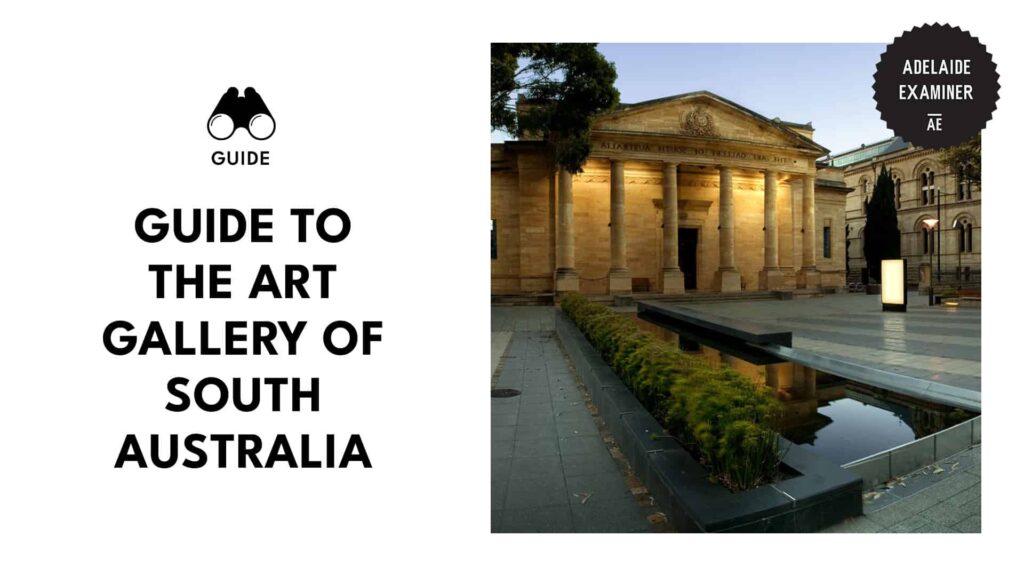
Keeping It Cool: How Adelaide Is Cooling Down Roads
- How is Adelaide cooling down roads?
- What is the Cool Road Adelaide project?
- How can the Cool Road Adelaide project cool down roads?
- Why does Adelaide need to cool down roads?
- What happens if Adelaide doesn’t resolve the city’s urban heat island effect?
- What products does Adelaide use to cool down roads?
- Do the products used for road cooling in Adelaide have any harmful effects on the environment?
- Will Adelaide’s roads look different after getting cooled down?
- What are the key findings of the Cool Road Adelaide Project?
Amid the relentless heat waves plaguing cities worldwide, Adelaide is breaking the mold, literally making roads cooler with its aptly-named Cool Road Adelaide project.
Never heard of this project before? Want to know how the City of Adelaide plans to achieve this project’s goal of lessening urban heat?
We got you covered! We’ll answer all your road-cooling concerns.
How is Adelaide cooling down roads?
Adelaide is implementing an innovative approach to cool down roads through the Cool Road Adelaide project.
What is the Cool Road Adelaide project?
The Cool Road Adelaide project’s main objective is to reduce the soaring temperatures experienced in urban areas, particularly during heat waves, by employing cutting-edge technologies and smart-design approaches.
These measures are intended to minimize the absorption and retention of heat by roads and adjacent surfaces, thereby creating a more comfortable and livable environment for residents and visitors alike.
How can the Cool Road Adelaide project cool down roads?

The Cool Road Adelaide project cools down our city’s roads by using advanced reflective materials in road construction to bounce back solar radiation and reduce heat absorption.
Additionally, Adelaide employed innovative pavement designs to maximize porosity for better water drainage, preventing heat retention.

Moreover, the city also utilizes the strategic planting of shade-providing trees along roads, as trees act as a natural cooling agent, reducing the city’s overall temperature.
Furthermore, our city is collaborating with research institutions, engineering firms, and local communities to ensure the project’s effectiveness and economic viability.
Why does Adelaide need to cool down roads?
Adelaide needs to cool down roads to combat the urban heat island (UHI) effect and create a more comfortable and livable environment for its residents.
The UHI effect is caused by the excessive heat absorbed and retained by urban areas, including roads and buildings, leading to higher temperatures compared to surrounding rural areas.
By implementing cooling measures on roads, Adelaide aims to alleviate the intense heat, reduce the risk of heat-related health issues, and enhance the overall climate resilience of the city.
What happens if Adelaide doesn’t resolve the city’s urban heat island effect?
If Adelaide fails to resolve the metropolitan areas’ urban heat island effect, several negative consequences can arise, impacting both the environment and the well-being of residents. Examples of the UHI effect’s negative consequences are the ones below.
- Health Risks: Higher temperatures in urban areas can lead to heat-related health issues, such as heatstroke, dehydration, and heat exhaustion.
This health risk endangers vulnerable populations like the elderly, children, and those with pre-existing health conditions.
- Increased Energy Consumption: Higher temperatures result in greater demand for air conditioning and cooling systems, leading to increased energy consumption and greenhouse gas emissions, further exacerbating climate change.

- Air Pollution: Heat can enhance the formation of ground-level ozone and other air pollutants, contributing to poor air quality and respiratory problems.
- Infrastructure Damage: Prolonged exposure to high temperatures can cause damage to roads, buildings, and other properties, increasing maintenance costs for the city.

- Economic Impact: Heat-related health issues, reduced productivity, and increased energy costs can have economic implications for the city and its residents, such as agricultural problems and a decrease in tourist activities.
- Water Management Challenges: Higher temperatures can lead to increased evaporation rates, water scarcity, and additional strain on water resources.
What products does Adelaide use to cool down roads?
During the summer of 2019/20, the Cool Road Adelaide project piloted three cool road surface products—CoolSeal by GuardTop, JetCool, and JetBloc by Fulton Hogan—on Bowen Street West in Adelaide CBD.
These products, known to extend road lifespan and reduce maintenance frequency, were tested to evaluate their effectiveness in reducing surface and ambient air temperature while preserving the road.
The results revealed that the cool road sealants successfully contributed to temperature reduction on the road surface during the day and into the evening after sunset.
The project also considered the feedback and experiences of residents, road users, pedestrians, and businesses.
Do the products used for road cooling in Adelaide have any harmful effects on the environment?
The products used for road cooling in Adelaide, such as CoolSeal by GuardTop, JetCool, and JetBloc by Fulton Hogan, aren’t harmful to the environment.
These products are specifically chosen and developed to have a low environmental impact and adhere to strict environmental regulations.
Will Adelaide’s roads look different after getting cooled down?

After cooling treatments are applied to a road, it will change to a light gray or cream color, deviating from the standard asphalt appearance.
The transformation occurs due to the higher solar reflectance properties of the lightly-colored materials used.
Solar reflectance, also known as albedo, refers to the ability of a surface to reflect sunlight rather than absorb it. Darker surfaces, like traditional asphalt, have low solar reflectance.
What are the key findings of the Cool Road Adelaide Project?

Cool Road Adelaide project’s evaluation revealed that all three cool road sealants demonstrated a decrease in surface temperature compared to the traditional asphalt road.
However, assessing their impact on air temperature proved challenging and yielded inconclusive results.
Moreover, the extensive adoption of the most effective sealant throughout Adelaide can create a surface cooling of approximately 1°C on a city-wide level.

This may seem modest, but such cooling could significantly enhance human comfort levels and lead to reduced building energy consumption.
Additionally, simulating an augmentation in the tree canopy to envelop 33% of roads in Adelaide was projected to yield a comparable degree of surface cooling.
This strategy can offer enhanced human comfort levels owing to the shading and additional advantages trees provide.





